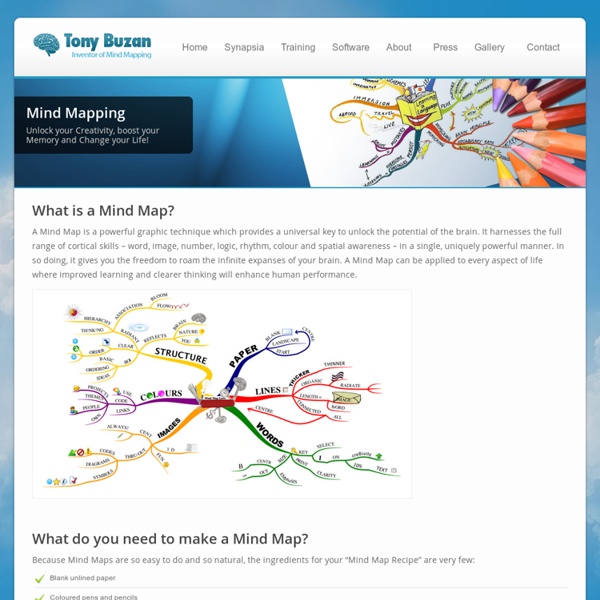Scenic Roots Genealogy Research
Main Page
Increases in internet use linked to a loss of religious affiliation, study finds
People who surf the internet more often are more likely to be religiously unaffiliated, according to new research published in the Journal for the Scientific Study of Religion. The percentage of Americans who do not identify with a religious group has been growing — and the new research suggests that the internet could be playing a role. “In my own life, I’ve noticed the drastic impact that technology from the past 20 years has had on our social lives, so I started wondering, how might the internet influence religious beliefs, practices, and institutions?” said study author Paul K. The study examined data collected during the third wave of the Baylor Religion Survey. McClure found that increased internet use was associated with a decreased likelihood of being religiously affiliated and religiously exclusive. Though the religious “nones” — as they are sometimes called — can be atheists or agnostics, many still believe in God or describe themselves as “spiritual, but not religious.”
Free Genealogy and Family History Online - The USGenWeb Project
iMindMap 7
“The latest version is mind blowing, with fantastic, easy to use features that place it streets ahead of any competition.” Noel Hawkes, Key Account Manager, Zeelandia Try it FreeSpecial Offer Buy it now We are all about creativity and that’s why we have focused on making an even more flexible and intuitive creative space that lets you capture your ideas without interruption or restriction. iMindMap 7 is more than Mind Mapping software; it shapes and styles itself to be whatever you need – your virtual piece of paper. So what’s new in iMindMap 7? Integration with DropTask We’re excited to launch a new collaboration that will let you easily export from iMindMap to create tasks or whole projects in visual task management app, DropTask. Like iMindMap, DropTask is a tool dedicated to achieving the best results in the simplest, most user-friendly way. *Feature available in iMindMap 7 Ultimate only “I have been using the iMindMap with DropTask integration and it is superb. Branch Art The New Editor
The Seeker Archetype: The Path of the Brave Wanderer
“The journey of a thousand miles begins with a single step.” ~ Lao Tzu Though the Seeker is invariably one who geographically covers a fair few kilometers, they are defined by their thirst for knowledge and smashing the mold that has been set for them by their parents and peers. Held up at libraries, much like the Academic, Scribe or Writer Archetype who pours over ancient texts in the hope they might come across some transformative treasure or alchemic recipe to bring them closer to God. The Seeker is unstoppable in their desire to grow. “Not all those who wander are lost.” ~ J.R. Through their childhood and teenage years, much like the Magical Child, the Seeker is forever looking for the doorway to another world; the bramble bush to the river that leads to a mermaid’s cove, the back of the wardrobe in the hope for the opening to Narnia… the Seeker is unsatisfied by his siblings interests and his teacher’s words. “Wherever you go becomes a part of you somehow.” ~ Anita Desai
List of genealogy databases
This is a list of genealogy databases and online resources that are not specifically restricted to a particular place, family set, or time period in their content. Comparison of notable databases for uploading family trees[edit] Some of these also have social networking features. References[edit]
Mind Maps - Mind Mapping Training from MindTools
A Powerful Approach to Note-Taking (Also known as Mind Mapping, Concept Mapping, Spray Diagrams, and Spider Diagrams) "Mind Map" is a trademark of the Buzan Organization (see www.buzan.com). We have no association with this organization. Record ideas memorably with James Manktelow & Amy Carlson. Have you ever studied a subject or brainstormed an idea, only to find yourself with pages of information, but no clear view of how it fits together? This is where Mind Mapping can help you. Mind Mapping is a useful technique that helps you learn more effectively, improves the way that you record information, and supports and enhances creative problem solving. By using Mind Maps, you can quickly identify and understand the structure of a subject. More than this, Mind Maps help you remember information, as they hold it in a format that your mind finds easy to recall and quick to review. About Mind Maps Mind Maps were popularized by author and consultant, Tony Buzan. . Uses Mind Maps are useful for: 1. 2.
Quantum Computing Comes Closer, Thanks to a New Qubit Quantum Circuit
In Brief Russian scientists at the MIST have designed a two-qubit circuit, an upgrade to the single qubit circuit they developed last year. The new development puts Russia in the leading edge of quantum computing research. The Russians Are Coming The Russian bear is muscling onto the field of quantum computing, and its latest accomplishment—the creation of a two-qubit, feedback-controlled circuit—is a major step in that direction. As has been explained elsewhere at Futurism, quantum computing—if it’s ever attained—will represent a quantum leap (pun intended) in the evolution of human computing systems, touching upon such fields as artificial intelligence, cryptography, and medicine, to say nothing of the pure mathematical and scientific breakthroughs that such a technology could facilitate. And now researchers at the Laboratory of Artificial Quantum Systems at the Moscow Institute of Physics and Technology (MIST) have brought the dream closer to fruition. One Qubit, Two Qubits



